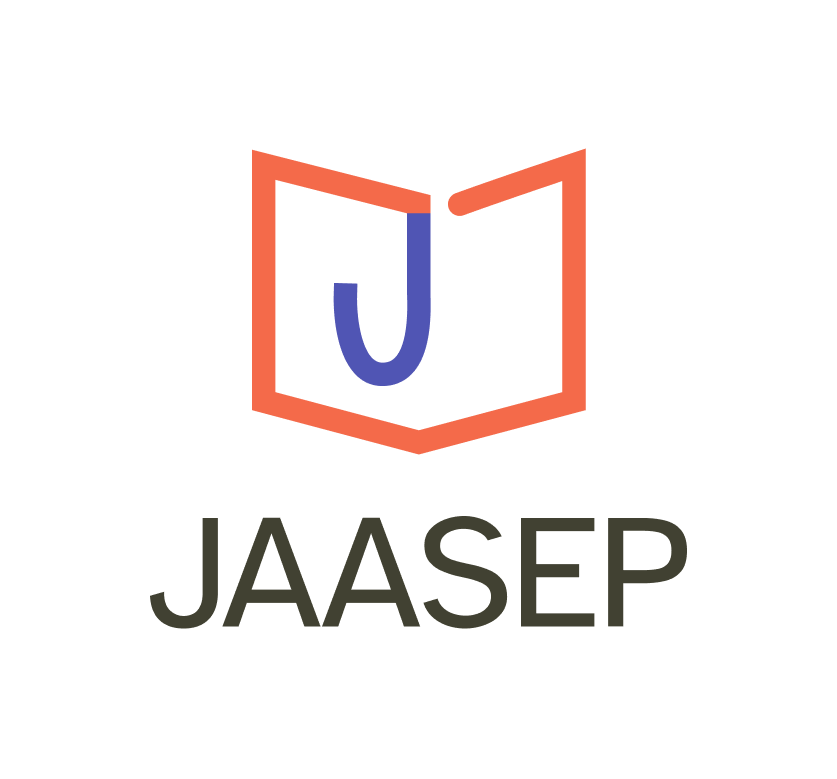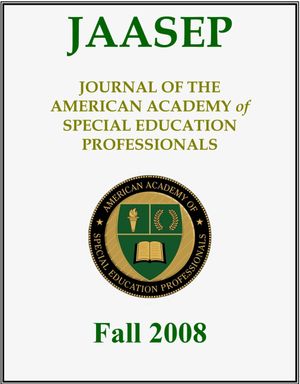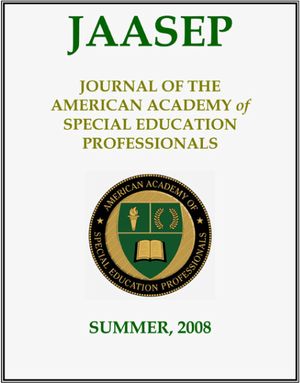$5.95
Investigating Journal Impact Factor of SPED Journals Indexed in Social Sciences Ed. Web of Science
Abstract
The purpose of this study is to investigate the impact factors of special education journals in indexed in the “Education, Special (ES)” category of the Social Sciences Citation Index (SSCI) (Web of Science, WoS) as well as considering some bibliometric indicators. As an alternative metric of the journal impact factor (JIF), JIF quartiles were considered, finding that high impact factor journals (Q1) publish more papers than expected (max: 54.76% -min: 38.67%), whereas low impact factor journals (Q4) publish less papers (max: 21.28% -min: 14.97%) in the period 2014-2018. In addition, it is found that the share of self-citations among journal quartiles are almost on the same level and there is no significant relationship between the impact factor and the journal self-citation (r=0.005, p0.05). The impact factor is strongly positive correlated (r=0.854: for 5-year JIF) with the citedness of the median journal paper and with the journal h-index (r=0.718 for 5-year JIF). Furthermore, it is found a strong positive correlation between h-index and the number of published articles in journals (r=0.723). However, even the impact factor is a valuable indicator for citations of a paper, it is still far to be the perfect indicator for the expected citations of a paper in a journal due to the high degree of skewness of the citation’s distribution of papers in a journal. It has been found that citation distributions over 80% of special education journals exhibit high degree skewness (skewness1) without significant differences by journal quartiles. During the period 2014-2018 the impact factor of the special education journals has increased linearly while the journal-self citation rates have decreased in a similar way. The results obtained for special education have been compared with other fields and compatible/incompatible situations have been discussed.
Keywords: citation analysis, journal impact factor, journal quartiles, special education journals.



